Imagine villages clinging to cliff edges, hidden in deep canyons, or tucked inside volcanic calderas where roads simply can’t exist. These aren’t fantasy settings — they’re actual places where real people build lives, raise families, and create communities despite being completely isolated from the outside world. Getting there? You’ll need to take to the skies.
Locating genuine helicopter-only villages proves trickier than expected. Most remote mountain settlements maintain at least some hiking trail access, even when it’s dangerous or seasonal. Yet scattered across our planet are extraordinary communities where helicopters provide the sole lifeline to civilization. Here’s a collection of 20 mountain villages and remote settlements where helicopter access represents either the only option or the primary means of reaching these remarkable places.
Supai, Arizona
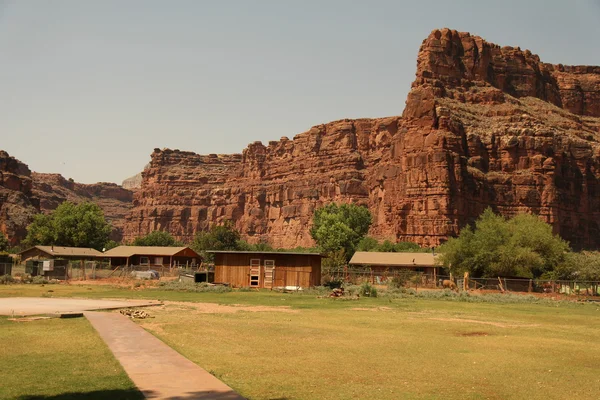
America’s most remote village lies deep within the Grand Canyon — a place where mail still arrives by mule train and cars simply don’t exist. Supai sits 8 miles from the nearest road, 3,000 feet below the canyon rim, reachable only by helicopter, foot, or mule.
The 200 Havasupai tribal residents live surrounded by stunning turquoise waterfalls and red canyon walls. It’s a journey that challenges visitors yet rewards them with something truly extraordinary.
Ittoqqortoormiit, Greenland
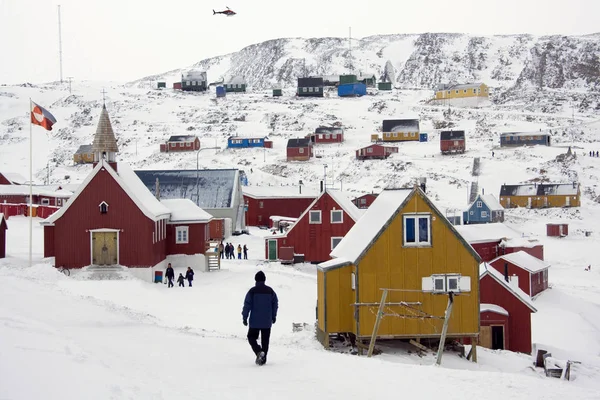
On Greenland’s eastern coast, 450 people endure some of Earth’s most extreme weather conditions. Positioned near Scoresby Sund fjord’s mouth, this settlement can only be reached by helicopter or boat during summer’s brief window.
Weekly helicopter flights deliver supplies while residents maintain traditional hunting methods for survival. Life here demands extraordinary resilience — yet the community thrives in this Arctic outpost.
Like Travel Pug’s content? Follow us on MSN.
La Nouvelle, Réunion Island
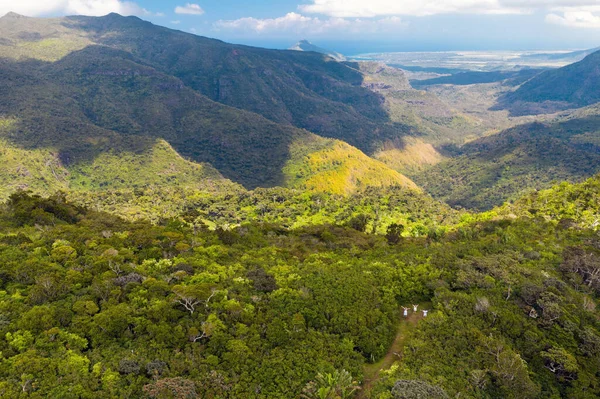
Within Cirque de Mafate’s roadless caldera, La Nouvelle functions as the main village. This colorful settlement houses the cirque’s largest population, along with a charming church and wooden chalets.
Residents depend on helicopter deliveries for fuel and essential supplies, though adventurous hikers reach the village on foot. It’s a place where modern innovation meets ancient isolation.
Marla, Réunion Island
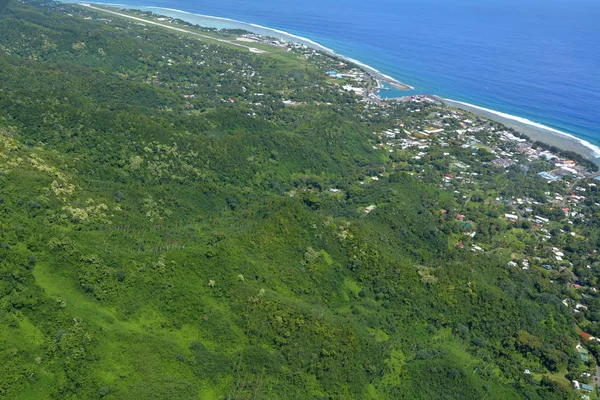
Nestled at 5,000 feet elevation in Mafate cirque, Marla sits beneath Grand Bénare mountain’s protective shadow. This peaceful hamlet features an elementary school complete with a soccer field, though students must leave for civilization after eighth grade.
Colorful, tin-roofed houses dot the landscape, while locals operate small guesthouses for adventurous hikers. Pastures surround the village, creating an almost pastoral atmosphere despite the extreme remoteness.
Roche-Plate, Réunion Island
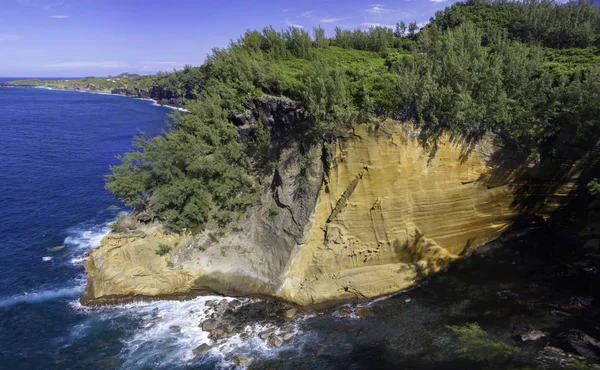
Another Mafate cirque gem, Roche-Plate, offers panoramic views that stop visitors in their tracks. The village serves as an ideal lunch stop for hikers, featuring several bed-and-breakfasts for overnight stays.
Positioned dramatically with volcanic crater views stretching endlessly, it’s a settlement where natural beauty defines daily life. The landscape here seems almost otherworldly in its dramatic scope.
Like Travel Pug’s content? Follow us on MSN.
Aurère, Réunion Island
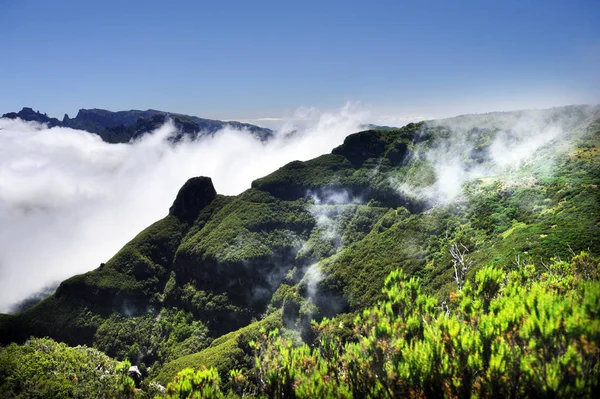
Among Mafate Cirque’s smaller settlements, Aurère embodies the pioneering spirit of those who first sought refuge in these mountains centuries ago. Roughly 650 people inhabit remote hamlets like this one, living virtually isolated from the outside world, with no roads but only 100 km of walking trails.
The village maintains a small food shop, as well as a tight-knit community. Life here requires both self-sufficiency and strong neighborly connections.
Kapisillit, Greenland
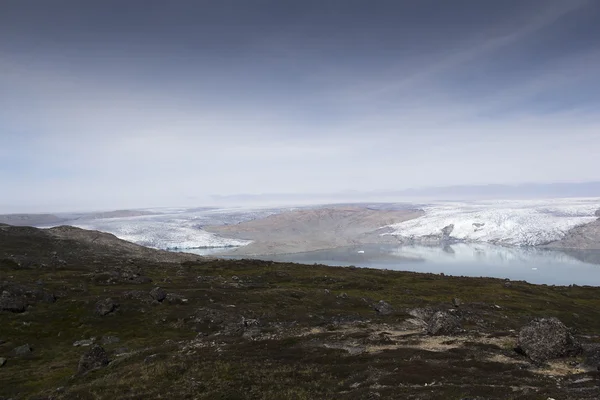
Located 47 miles northeast of Nuuk within the Nuuk Kangerlua fjord system, this tiny village houses about 75 people in colorful homes.
Without markets or stores, inhabitants survive mainly through hunting and fishing. All supplies must arrive via helicopter or boat during the brief ice-free season. It’s one of Greenland’s most picturesque places — yet also among its most challenging for year-round living.
Pangboche, Nepal
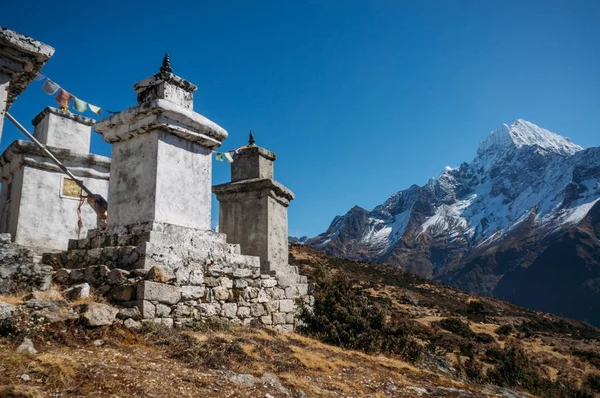
In Sagarmatha’s (Mount Everest) foothills, Pangboche once echoed with gentle sounds — prayer flags fluttering, mountain birds calling, yak bells chiming. This traditional Sherpa village sits along the Everest accessible by trekking most of the year, though helicopter transport becomes essential during severe weather or emergencies.
The ancient monastery here ranks among the oldest in the Khumbu region, making it a spiritually significant site. Modern aviation now supports ancient traditions in this remarkable place.
Like Travel Pug’s content? Follow us on MSN.
Samagaon, Nepal
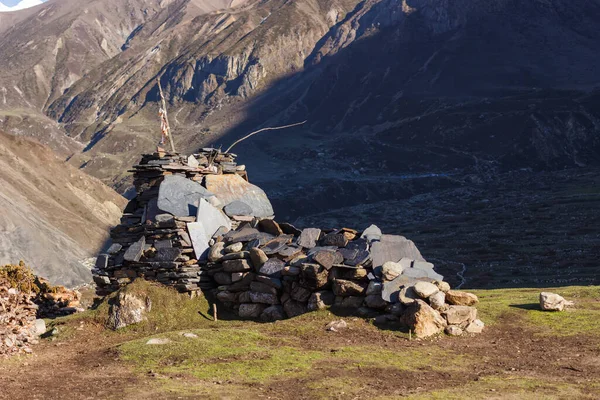
Nestled within the Manaslu region, Samagaon provides crucial acclimatization for mountaineers. The village occupies Tsum Nubri Rural Municipality territory — isolated and distant from medical facilities or roads.
Residents have blocked helicopter access to protest government restrictions on emergency airlifts. Their actions highlight how vital aviation services are to mountain communities. It’s a place where politics meets survival at altitude.
Tengboche, Nepal
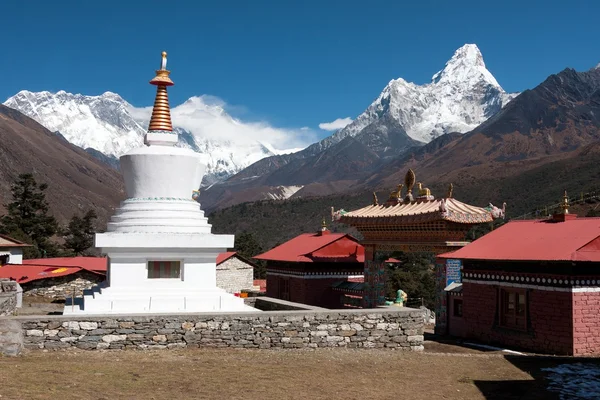
Home to one of the Everest region’s largest monasteries, Tengboche sits at 12,664 feet, offering spectacular mountain vistas. The village relies heavily on helicopter transport during peak climbing seasons and in adverse weather conditions.
Monks and villagers maintain ancient Buddhist traditions while depending on modern aviation for essential supplies. Traditional spirituality coexists with contemporary logistics in this high-altitude community.
Gokyo, Nepal
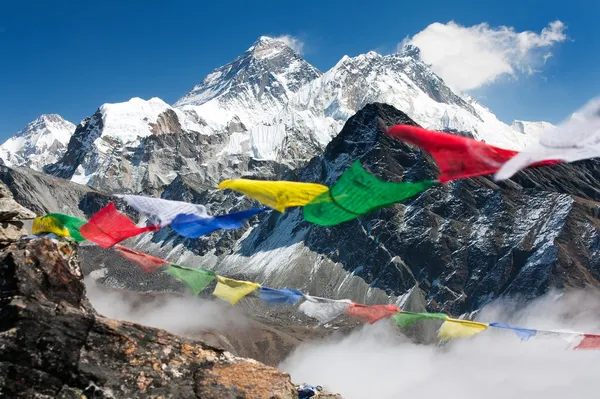
This high-altitude settlement, located near the famous Gokyo Lakes, sits at an elevation of 15,583 feet in the Everest region. During harsh winter months, when trekking routes become impassable, the village depends completely on helicopter access.
Local teahouses serve mountaineers and trekkers, although survival here requires frequent helicopter supply runs during the climbing season. It’s a place where hospitality meets extreme altitude challenges.
Like Travel Pug’s content? Follow us on MSN.
Langtang Village, Nepal
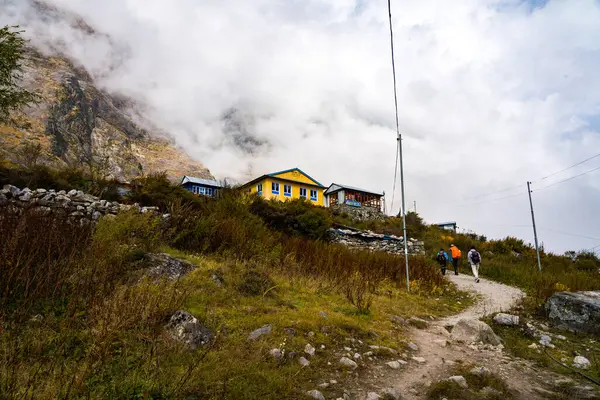
Though devastated by the 2015 earthquake and subsequently rebuilt, Langtang Village in the Langtang Valley relies heavily on helicopter access for reconstruction materials and supplies.
The village sits at 11,500 feet, serving traditional Tamang communities who maintain their unique culture despite challenging access conditions. Recovery from natural disasters here depends entirely on aerial support.
Khunde, Nepal
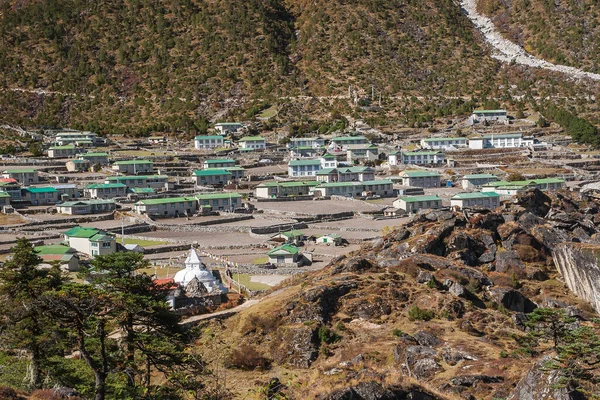
Located near Namche Bazaar at 12,600 feet, Khunde features a Hillary Hospital and school yet relies on helicopter transport for medical emergencies and supplies.
The Sherpa village maintains traditional ways of life while serving as a vital healthcare hub for the remote Khumbu region. Medical care at this altitude requires constant aerial logistics support.
Thame, Nepal
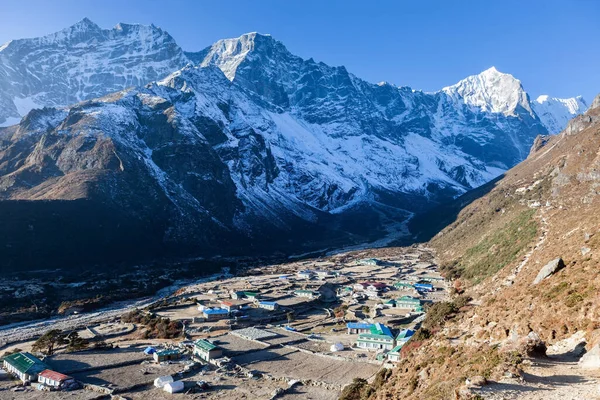
This traditional Sherpa village sits at 12,500 feet and has produced many famous mountaineers and guides. Despite having access to trekking routes, Thame becomes helicopter-dependent during the winter months and in emergencies.
The village recently suffered glacial lake flooding, highlighting its vulnerability and reliance on helicopter evacuation services. Natural disasters make aerial access critical here.
Like Travel Pug’s content? Follow us on MSN.
Kyangjin Gompa, Nepal
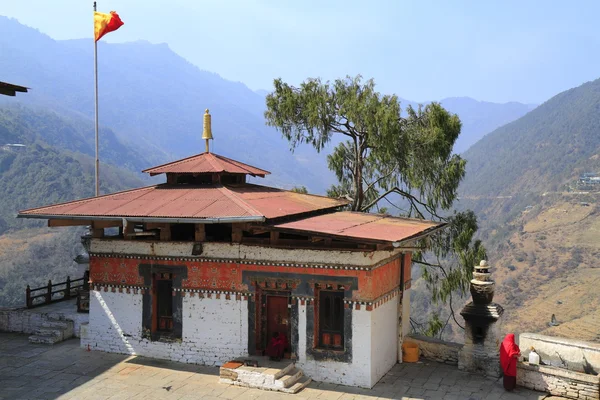
Located at 12,400 feet in the Langtang Valley, this village centers around an ancient Buddhist monastery. The settlement relies on helicopter supply runs during winter months and serves as a base for high-altitude trekking.
Traditional yak herding continues here despite the challenging logistics of mountain life. Ancient practices persist through modern aviation support.
Dingboche, Nepal
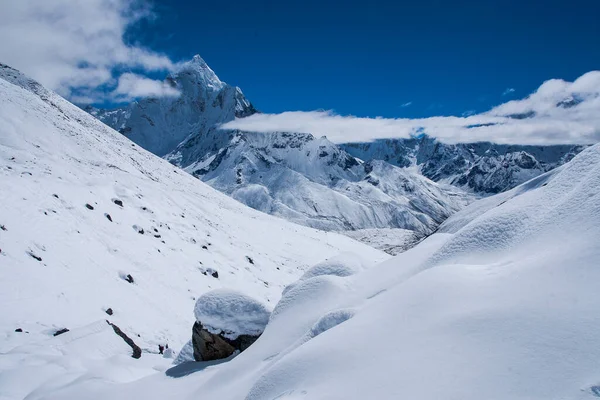
Sitting at 14,470 feet in the Everest region, Dingboche serves as an important acclimatization stop for climbers. The village features stone-walled fields that protect crops from harsh winds and relies heavily on helicopter transport during peak climbing seasons.
Traditional Sherpa farming practices continue despite the extreme altitude. Agriculture at this elevation requires remarkable adaptation.
Lobuche, Nepal
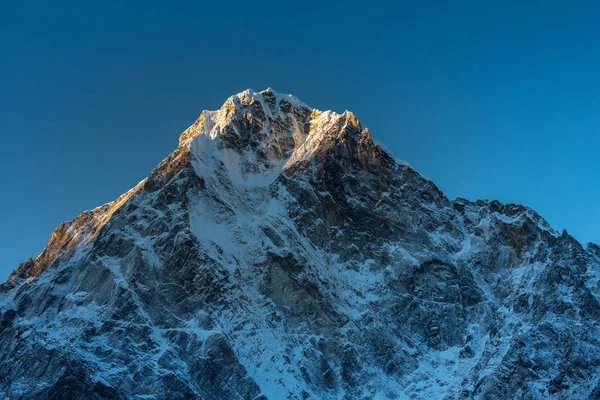
At 16,175 feet, Lobuche represents one of the highest permanent settlements on the route to Everest Base Camp. The village consists of basic teahouses and lodges that rely entirely on helicopter supply runs during the climbing season.
Life here requires extraordinary adaptation to extreme altitude and harsh weather conditions. Human endurance meets logistical necessity at this elevation.
Like Travel Pug’s content? Follow us on MSN.
Gorak Shep, Nepal
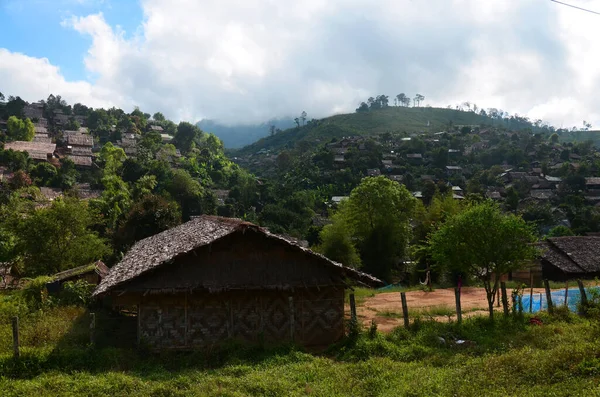
The last settlement before Everest Base Camp, Gorak Shep, sits at 17,000 feet on a frozen lakebed. This tiny village operates only during climbing seasons and relies completely on helicopter transport for all supplies.
The handful of lodges here serve climbers making their final approach to the world’s highest mountain. It’s the edge of human habitation.
Pheriche, Nepal
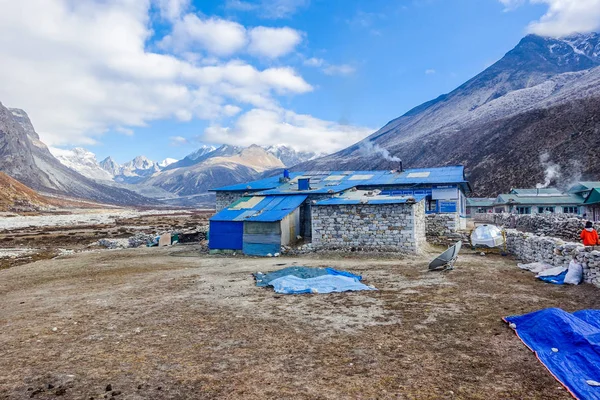
Located at 14,340 feet, Pheriche features the Himalayan Rescue Association aid post and serves as a crucial medical hub for the Everest region. The village depends heavily on helicopter transport for medical evacuations and supply deliveries.
Traditional stone houses here are built to withstand extreme mountain weather conditions. Medical care and traditional architecture combine at this altitude.
Base Camp Villages, Various Locations
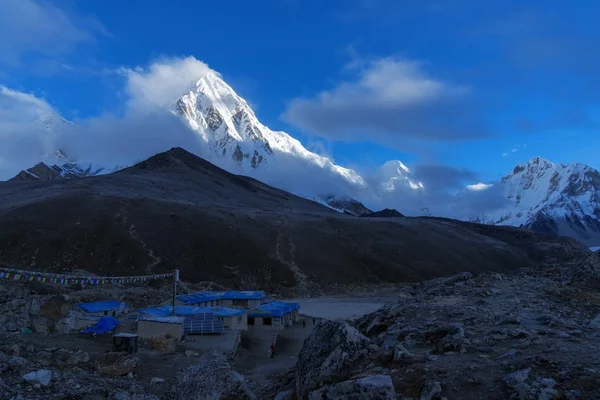
Numerous temporary and semi-permanent settlements exist at base camps for major peaks worldwide, from Denali Base Camp in Alaska to Aconcagua Base Camp in Argentina.
These seasonal communities rely entirely on helicopter support for setup, supply, and evacuation, representing the ultimate in helicopter-dependent mountain living. They’re the furthest edge of human ambition in the mountains.
Like Travel Pug’s content? Follow us on MSN.
Where Sky Meets Earth
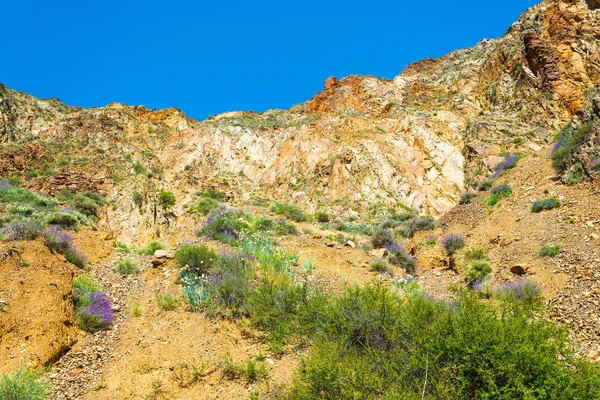
These helicopter-dependent villages reveal far more than remote destinations — they’re living laboratories of human adaptation and ingenuity. From the Havasupai people, who have called the Grand Canyon home for over 800 years, to Sherpa communities navigating life at extraordinary altitudes, these settlements showcase how geography shapes civilization. What began as a necessity — escaped enslaved people seeking refuge in Réunion’s volcanic calderas, Indigenous communities choosing isolation over conquest — has evolved into deliberate choices to preserve traditional ways of life.
Today, these communities blend ancient wisdom with modern aviation, using solar power and helicopter supply chains to maintain their mountain strongholds. Their isolation isn’t a limitation but rather their greatest strength, as it protects unique cultures and pristine environments that remind us what’s possible when humans choose harmony with the landscape over dominance over it.
More from Travel Pug

- 20 Best Beach Towns in the Carolinas
- 13 Destinations Where Tourists Regularly Regret Their Trip
- 20 Things You Actually Get in First Class
- 20 Small Airports With Aviation Museums
- 20 Places in the U.S. That Are Perfect for a Reset Trip
Like Travel Pug’s content? Follow us on MSN.
